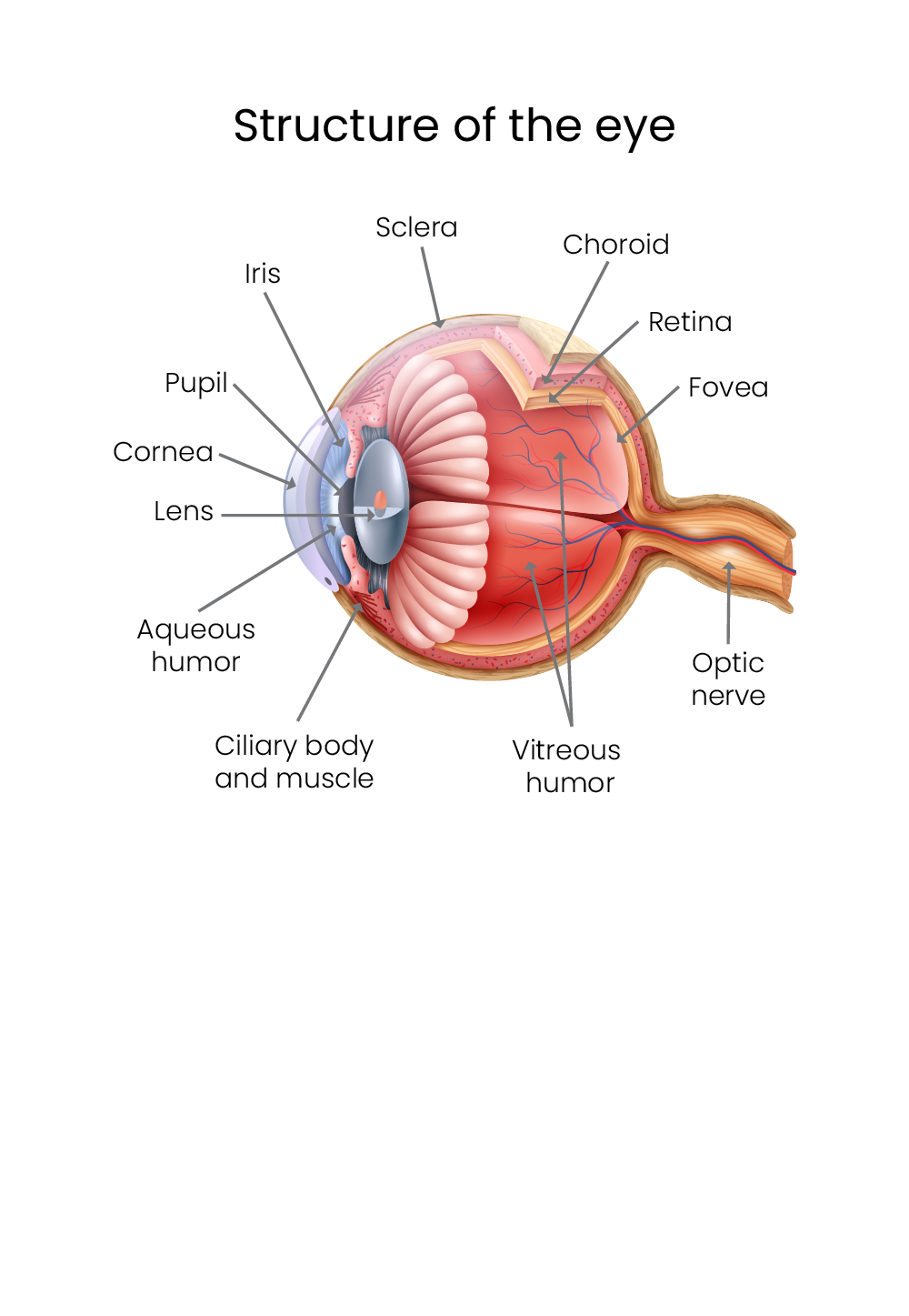Central Serous Chorioretinopathy
Your guide to causes, symptoms and treatments.
What is Central Serous Chorioretinopathy?
The retina is responsible for processing light information that enters the eye and converting that information into signals, which are then sent to the brain via the optic nerve. An unhealthy or malfunctioning retina prevents the brain from receiving these signals. Retinal problems that are left untreated can lead to vision loss and even blindness.
Central serous chorioretinopathy is a condition in which fluid accumulates beneath the retina and causes blister-like bumps in the central portion of the retina. The bumps can elevate the retina and displace it from the underlying tissue. They can also cause noticeable changes in vision. Vision can fluctuate due to central serous chorioretinopathy — one day it may be normal and the next it may be blurry or distorted.


What are the symptoms of Central Serous Chorioretinopathy?
Central serous chorioretinopathy can have the following signs and symptoms:
- Blurry, dim or distorted central vision
- Dark spots in central vision
- Wavy lines
- Colors that appear washed out or dull
- Objects that appear miniature or farther away than they actually are
The condition can affect one or both eyes. Often patients notice symptoms of the condition in one eye and an eye examination reveals the presence of the condition in the other eye, too.
What causes Central Serous Chorioretinopathy
Central serous chorioretinopathy occurs because of a problem with the retinal pigment epithelium, or layer of cells located between the retina and the choroid, which causes the choroid to leak fluid. The causes are not completely understood. Men are more likely to develop central serous chorioretinopathy, although experts are not exactly sure why.
The use of corticosteroid drugs, including nasal allergy sprays and anti-inflammatory skin creams, are believed to exacerbate central serous chorioretinopathy. Studies suggest that there may be a genetic tendency to the disease, although more research is needed.
Other risk factors include high blood pressure, pre-existing heart disease and current or recent pregnancy.
How we treat Central Serous Chorioretinopathy
The treatment for central serous chorioretinopathy depends on the severity of the condition. Sometimes cases clear up spontaneously without treatment; careful monitoring is recommended to determine whether the fluid goes away.
In cases where the fluid does not go away and/or there is severe vision loss, laser treatment can speed up the resolution of the fluid. The laser energy seals the source of the leak. Another treatment option is photodynamic therapy, which involves injecting a drug into the arm. The medicine travels to the eye, where it is activated with a special cold laser. The combination of the drug and laser seals the source of the leak and precents the recurrence of central serous chorioretinopathy.
If you develop serous chorioretinopathy and have a history of corticosteroid use, those medications should be discontinued if possible.
Do you have a question or concern about your eye health? To discuss your condition with an experienced ophthalmologist or optometrist, please contact The Eye Health Centre

